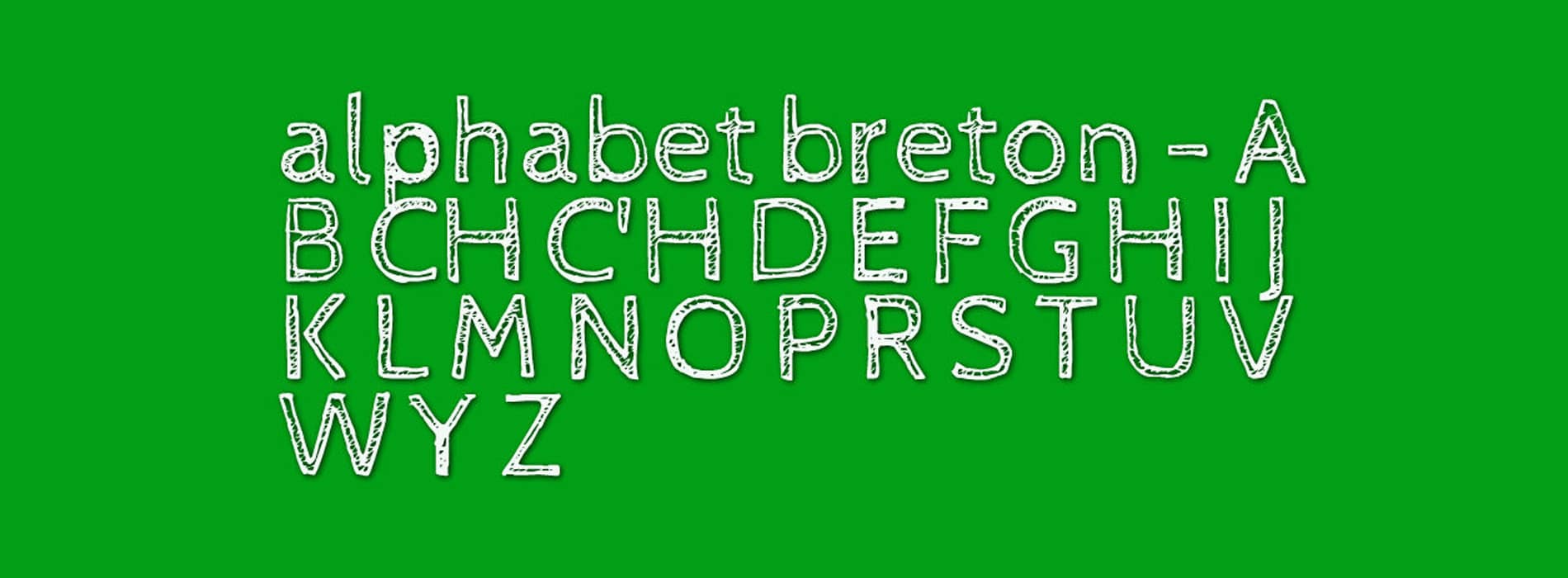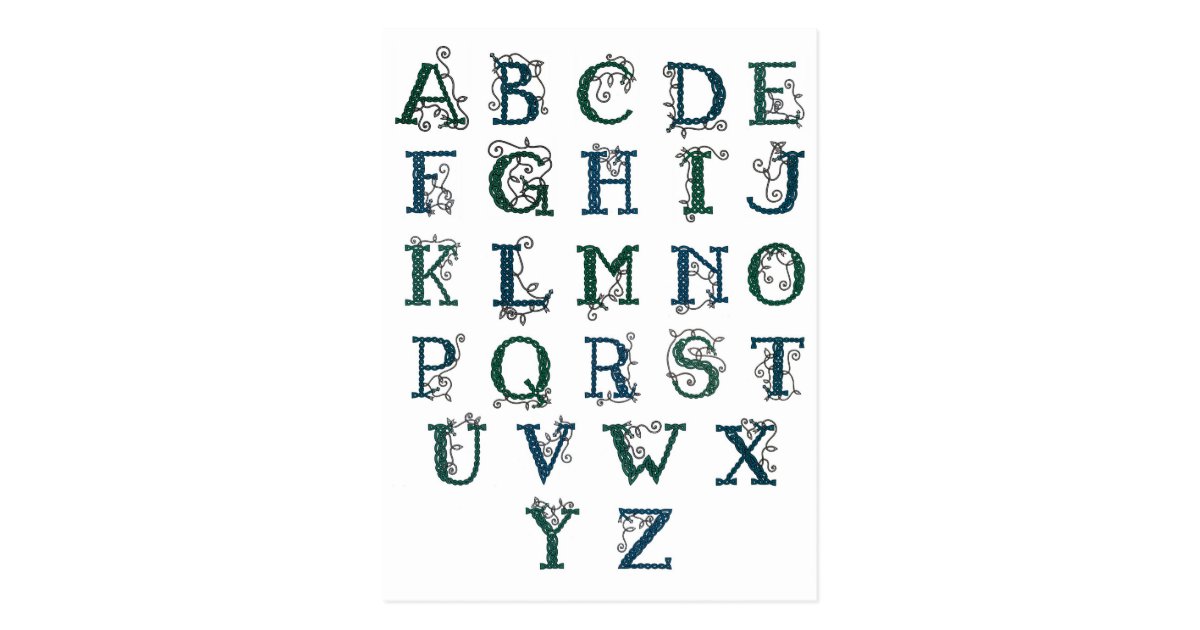
L’alphabet breton Brezhoneg Bemdez n°46 YouTube
À chaque langue son alphabet ! Et le breton n'échappe pas à cette règle. Pour cette première leçon (Kentel en breton) l'équipage Port d'Attache vous invite à découvrir notre alphabet celtique. Car oui ! Il diverge légèrement de son acolyte français, et permet de mieux comprendre la phonétique de ses mots. On ouvre bien grand.

connie Celtic writing, Celtic artwork, Celtic alphabet
L'alphabet gallois, langue très voisine du breton, comporte vingt-huit lettres dont sept voyelles. Ce sont les cinq habituelles a, e, i, o ,u, comme en breton. Mais en gallois, le W et le Y sont aussi des voyelles. Avec là aussi quelques particularités comme ces lettres consonnes CH, DD, FF, NG, LL, PH ou TH.

Pauls Real Celtic Rune Font police Écriture celtique, Alphabet tatouage, Alphabet celtique
A simplified notation of the International Phonetic Alphabet is used, accordingly to the one chosen in « Grammaire bretonne » from Roparz Hemon (Al Liamm - 1984). Note : the letter "v" in final is pronounced "o" or "u" ; this may also be the case within a word. For instance: « levr » (book) is pronounced "leor".

Alphabet breton on vous dit tout sur cet alphabet particulier
Origine. Les premières inscriptions en ogham datent environ du IV e siècle [9], mais James Carney (en) estime, quant à lui, que leur invention serait antérieure, sans doute du I er siècle av. J.-C. [10] Pour prouver ses dires, Carney fait référence au Táin Bó Cúailnge (la razzia des vaches de Cooley), épopée mythologique irlandaise retranscrite au XI e siècle, où le héros.

BRETAGNE Celte blason Souvenirs et Patrimoine
Breton (/ ˈ b r ɛ t ə n / BRET-ən, French:; endonym: brezhoneg [bʁeˈzɔ̃ːnɛk] ⓘ or [brəhɔ̃ˈnek] in Morbihan) is a Southwestern Brittonic language of the Celtic language group spoken in Brittany, part of modern-day France.It is the only Celtic language still widely in use on the European mainland, albeit as a member of the insular branch instead of the continental grouping.

Alphabet Celtique Antique Photos libres de droits Image 18859788
Le breton s'écrit avec un alphabet latin adapté à son histoire ; les accents écrits (circonflexe et grave) n'ont pas la même valeur qu'en français. Tout comme le français, la langue bretonne a été écrite de plusieurs manières au cours de son histoire. On distingue plusieurs périodes, déterminées par l'analyse de textes d'abord.

celtic spiral "A" Celtic Spiral, Celtic Art, Illuminated Letters, Illuminated Manuscript, Celtic
Vous pensiez que l'alphabet breton utilisait les mêmes lettres que l'alphabet latin ? Et non, certaines lettres n'existent pas en breton. Venez découvrir les.

celtic_alphabet the art of the letter Pinterest Celtic alphabet, Celtic knots and Calligraphy
Breton. Brittonic languages in use today are Welsh, Cornish and Breton. Welsh and Breton have been spoken continuously since they formed. For all practical purposes Cornish died out during the 18th or 19th century, but a revival movement has more recently created small numbers of new speakers.

Triskell Modèle 6 Tattoo celtique, Triskel tatouage, Tatouage celtique
Common Brittonic (Welsh: Brythoneg; Cornish: Brythonek; Breton: Predeneg), also known as British, Common Brythonic, or Proto-Brittonic, was a Celtic language spoken in Britain and Brittany.. It is a form of Insular Celtic, descended from Proto-Celtic, a theorized parent language that, by the first half of the first millennium BC, was diverging into separate dialects or languages.

Decorative Celtic Alphabet Celtic alphabet, Celtic designs, Celtic
Breton is spoken in Brittany in northwestern France. It shares with Welsh and Cornish an identical basic vocabulary and with all other Celtic languages the grammatical use of initial consonantic variation, which is used mainly to denote gender. Breton benefited culturally and socially from a language-recovery movement that emerged in Brittany.

Épinglé sur Love Life Spirit
Breton (ar brezhoneg). Breton is a Celtic language spoken mainly in Brittany (Breizh) by about 206,000 people (), about 35,000 of whom speak use it as an everyday language.It is spoken mainly in western parts of Brittany, and is also spoken, to some extent, in parts of eastern Brittany, and by Breton immigrants in other parts of France, and in other countries.

Alphabet écriture celtic IMAGES DIVERSE (entrelacs , triskel) Écriture celtique, Celtic
Written in a 25-letter Latin alphabet, Breton shares several orthographic and phonetic phenomena with other modern Celtic languages, such as consonantal mutations (modification of the first letter of a word). In fact, the pronunciation of Breton is marked by the variation in use of one letter, depending on the context.

Advanced Embroidery Designs Celtic Alphabet Embroidery Alphabet, Embroidery Fonts, Cross
The Bretons (/ ˈ b r ɛ t ɒ n z,-ən z,-ɒ̃ z /; Breton: Bretoned or Vretoned, Breton pronunciation: [breˈtɔ̃nɛt]) are a Celtic ethnic group native to Brittany, north-western France.They trace their heritage to groups of Brittonic speakers who emigrated from southwestern Great Britain, particularly Cornwall and Devon, mostly during the Anglo-Saxon settlement of Britain.

alphabet des sorcières Recherche Google Arbre celtique, Mythologie celte, Glyphe
Today, Irish, Scottish Gaelic, Welsh, and Breton are still spoken in parts of their former territories, while Cornish and Manx are undergoing a revival. Names and terminology Celto-Latin stele from Galicia, 2nd century. are in Gaulish, which was written in the Greek alphabet until the Roman conquest. Celtiberian inscriptions, using their own.

Carte postale celtique d'alphabet Zazzle.fr
Orthographe du breton. L' orthographe du breton est dans un premier temps le mode de transcription de cette langue dans l' alphabet latin. Elle a été ensuite l'objet de plusieurs normalisations et réformes successives et parfois concurrentes : au XVIIIe siècle par les jésuites, puis au XIXe siècle.

Alphabet Celtique Pour Tatouage Chancelière Calligraphy Alphabet tatouage, Calligraphie
Certains pensent que ce symbole a des origines chrétiennes, mais ce n'est pas le cas, puisque la première croix celte retrouvée date de 10 000 ans avant J.-C. Pour les Celtes, cette croix représente plusieurs choses. Les quatre points cardinaux : nord, sud, est et ouest. Les quatre dieux : ceux qui vécurent dans chacune de ces directions.